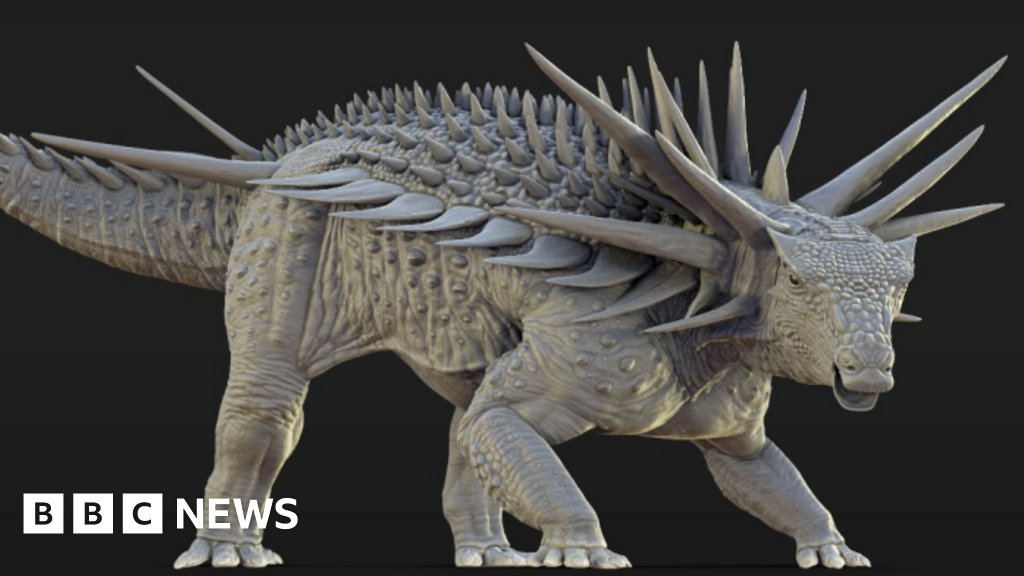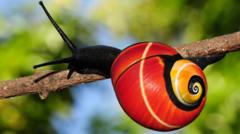They are weird, bald, subterranean rodents that look like sausages with teeth, and they have just revealed a genetic secret to long life. A new study of the bizarre naked mole rat shows that the animals have evolved a DNA repair mechanism that could explain their longevity. These burrow-dwelling rats have a maximum lifespan of nearly 40 years, making them the world's longest-lived rodent. The new findings, published in the journal Science, could also shed light on why naked mole rats are resistant to a wide range of age-related diseases.
The animals are resistant to cancer, deterioration of the brain and spinal cord, and arthritis, so many scientists want to understand more about how their bodies work. For this study, led by a team at Tongji University in Shanghai, China, the focus was DNA repair - a natural process in our bodies' cells. When strands of DNA - our genetic building blocks - are damaged, a mechanism is triggered whereby another undamaged strand of DNA is used as a template to repair the break.
The focus of this research was on a particular protein that is involved in that system of damage sensing and repair. Scientists found that in naked mole rats, a protein called c-GAS aids in mending strands of DNA rather than interfering with the repair process as it does in humans, potentially promoting cancer and shortening our lifespan.
Professor Gabriel Balmus of the University of Cambridge highlighted that this discovery could be just the beginning of understanding the genetic adaptations contributing to the naked mole rat's extended lifespan. Researchers believe there may be valuable lessons to learn from these creatures that could improve human health and quality of life with age.
The animals are resistant to cancer, deterioration of the brain and spinal cord, and arthritis, so many scientists want to understand more about how their bodies work. For this study, led by a team at Tongji University in Shanghai, China, the focus was DNA repair - a natural process in our bodies' cells. When strands of DNA - our genetic building blocks - are damaged, a mechanism is triggered whereby another undamaged strand of DNA is used as a template to repair the break.
The focus of this research was on a particular protein that is involved in that system of damage sensing and repair. Scientists found that in naked mole rats, a protein called c-GAS aids in mending strands of DNA rather than interfering with the repair process as it does in humans, potentially promoting cancer and shortening our lifespan.
Professor Gabriel Balmus of the University of Cambridge highlighted that this discovery could be just the beginning of understanding the genetic adaptations contributing to the naked mole rat's extended lifespan. Researchers believe there may be valuable lessons to learn from these creatures that could improve human health and quality of life with age.













